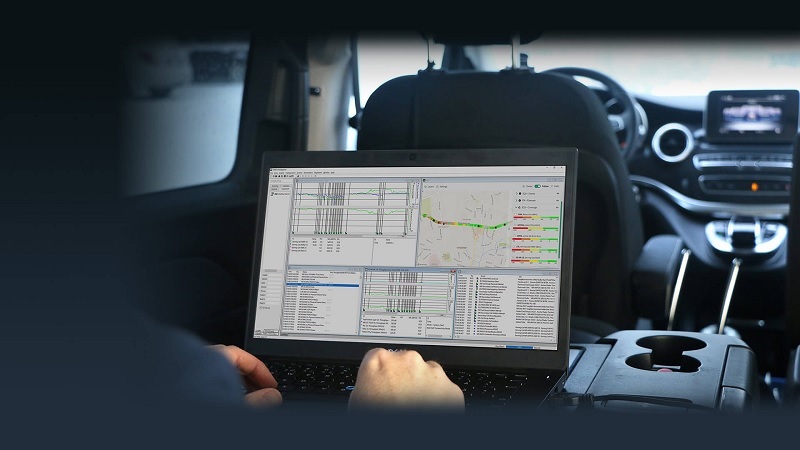Introduction: In the fast-paced and interconnected world of mobile communication, providing seamless connectivity and exceptional user experience is paramount for network operators. Key Performance Indicators (KPIs) serve as essential metrics for evaluating the performance and efficiency of mobile networks. By monitoring these KPIs, operators can identify areas for improvement, optimize network resources, and ensure unparalleled service to their customers. In this article, we will explore the key performance indicators that play a pivotal role in gauging the success of mobile networks. So, now let use see the essential KPIs used to measure the performance of mobile networks along with Accurate 5g tester, 5G test equipment, 5g network tester tools and Accurate 4G Testing RF drive test software, Cellular LTE RF drive test tools & equipment in detail.
- Signal Strength and Coverage: One of the fundamental KPIs for mobile networks is signal strength and coverage. This metric assesses the network’s ability to provide a strong and consistent signal across various locations. Operators use parameters such as Received Signal Strength Indicator (RSSI) and Signal-to-Noise Ratio (SNR) to measure the quality of signal reception. By monitoring signal strength and coverage, network operators can identify areas with weak signals (dead zones) and take corrective actions to enhance coverage and ensure uninterrupted connectivity.
- Call Setup Success Rate (CSSR): The Call Setup Success Rate (CSSR) measures the percentage of successful call setups compared to the total number of call attempts made by users. A high CSSR indicates a reliable network with a low rate of call setup failures, ensuring that users can establish connections without significant delays or dropped calls. Monitoring CSSR helps network operators identify and rectify issues that may impact call initiation, providing a smoother and more reliable communication experience for subscribers.
- Call Drop Rate (CDR): The Call Drop Rate (CDR) is a crucial KPI that evaluates the stability of mobile networks. It indicates the percentage of calls that disconnect prematurely compared to the total number of calls. A low CDR is indicative of a stable network, while a high CDR may indicate areas with coverage issues or network instability. By closely monitoring CDR, operators can pinpoint trouble spots and implement measures to reduce call drop occurrences, improving overall call quality.
- Data Throughput and Latency: Data throughput and latency are key KPIs for assessing the performance of mobile data services. Data throughput measures the rate at which data is transmitted over the network, while latency represents the delay experienced during data transmission. Low latency and high data throughput are crucial for providing a seamless browsing and streaming experience for users. Monitoring and optimizing these KPIs help ensure faster data speeds and a responsive network for data-hungry applications.
- Handover Success Rate: As mobile users move through different areas, seamless handovers between cells are essential to maintain continuous connectivity. Handover Success Rate (HSR) measures the percentage of successful handovers from one cell to another without interrupting ongoing services. A high HSR indicates efficient handover management, contributing to uninterrupted voice and data services as users traverse the network.
- Retainability: Retainability is a KPI that evaluates the network’s ability to maintain connections without dropping them unexpectedly. It is particularly important for services like video streaming or VoIP calls that require a consistent connection. A high retainability rate ensures users stay connected without frequent disruptions, enhancing their overall experience.
Conclusion: Key Performance Indicators (KPIs) play a crucial role in evaluating and maintaining the efficiency of mobile networks. By monitoring and optimizing signal strength and coverage, call setup success rate, call drop rate, data throughput, latency, handover success rate, and retainability, operators can provide a superior mobile experience for their users. Continuously improving these KPIs not only ensures seamless connectivity but also fosters customer satisfaction, loyalty, and trust, solidifying the position of mobile operators in the highly competitive telecommunications landscape. Now that the role of these KPIs is clear what is more crucial is selecting the right network testing tool to ascertain these performance indicators accurately. Hence, there is a rise in reliable and innovative testing tools such as the RantCell testing tool which is a smartphone-based testing tool which allows users to conduct various tests such as Drive test, indoor survey test, ping test, idle mode survey etc. all on a modern day smartphone and with extremely economical pricing which is a major factor when compared to the traditional








